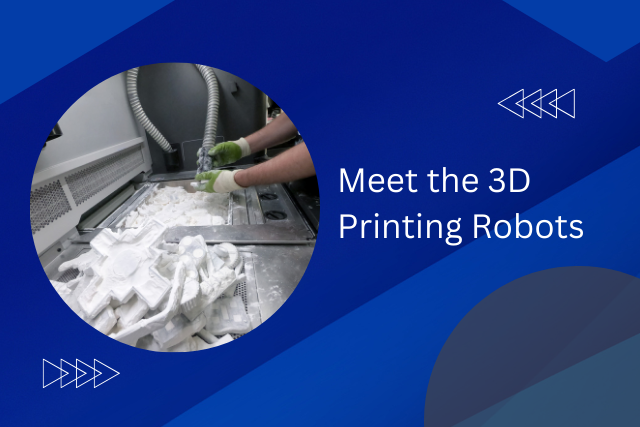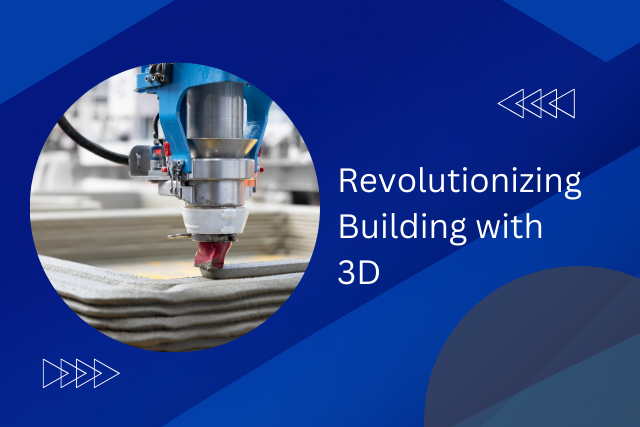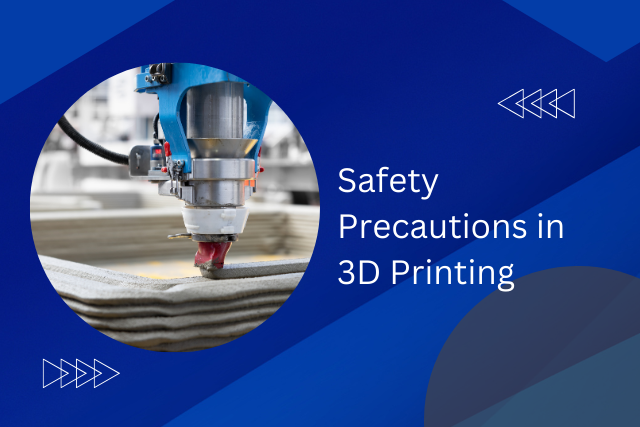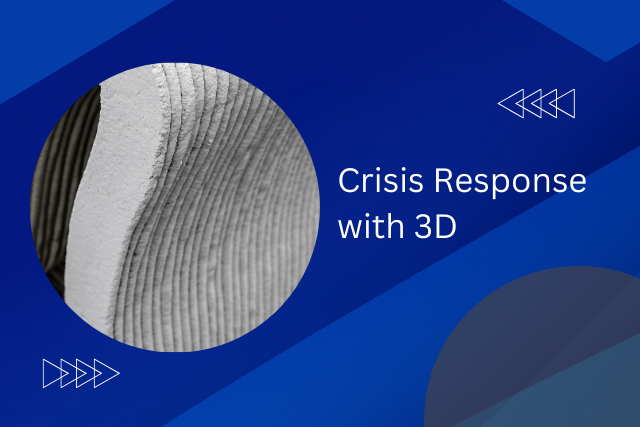The growth of city building is changing a lot because of 3D printing. This new way of making buildings cuts down on wasted materials, which is good for the planet, and makes it cheaper to pay workers by using machines instead. 3D printing also lets builders create designs that were hard to do before and build things faster, which saves money on planning and moving stuff around. Looking into these ways to save money shows that the way we build cities could change a lot, making us think more about how 3D printing will change our city views.
Reduced Material Waste
Using 3D printing in building tall buildings and skyscrapers greatly cuts down on wasted materials, which is very important for building in a way that’s better for our planet. This smart way of building is all about being careful with resources and caring for the environment, while also allowing builders to do more with less. 3D printing is very precise, which means it uses just the right amount of material needed for building, avoiding the usual waste seen with old-fashioned building methods.
Also, 3D printing can work with many different types of materials, including those that are good for the planet and can be recycled. This means new buildings can have a smaller bad effect on our environment. Being able to recycle materials right where they’re being used, and using them again straight away, changes the way we think about and handle construction waste.
In short, choosing 3D printing for making tall buildings is a smart move. It helps reduce waste and gives architects and builders the chance to try out new designs without being held back by old ways of building. This change is a big step towards building cities in a way that’s better for the environment and more efficient.
Lower Labor Costs
Using 3D printing for building tall buildings and skyscrapers makes it cheaper to pay for work. This new way of building makes things faster and needs fewer people, which cuts down on how much money you have to spend on paying workers. The precision and efficiency of 3D printing mean that every part is made just right, which means less chance of making mistakes and less need to fix things. Also, 3D printing can work all the time, day and night, without sticking to the usual work hours.
| Factor | Impact on Labor Costs |
|---|---|
| Automation | Greatly lowers the need for people to do manual jobs |
| Efficiency | Makes building quicker, which means less time paying for labor |
| Precision | Less errors and less fixing things means saving money |
| Operation Hours | Can build anytime without paying extra for work hours |
| Skill Level | Needs fewer people but more skilled technicians |
Enhanced Design Flexibility
3D printing technology makes it much easier to design and build tall buildings and skyscrapers. This new way of building lets architects and engineers be more creative, making buildings with unique and complex designs. Before, traditional building methods made it hard to try new things because of the cost, the materials available, and how buildings were constructed. But with 3D printing, you can make special designs and shapes without spending more money.
This technology means buildings can have cool shapes and designs without extra cost. It opens up new possibilities for what buildings can look like and how they can work better for the environment and stand up stronger against natural disasters. 3D printing uses advanced materials and precise methods to make buildings that save energy, are safer, and last longer.
Also, 3D printing allows for making the inside of buildings just right, from the structure that holds the building up to the systems that heat and cool it. This means every part of a skyscraper is used well, combining beauty with usefulness. In short, 3D printing is changing the future of building design, making it possible to have more personal, effective, and stunning city buildings.
Decreased Construction Time
Using 3D printing technology makes building tall buildings and skyscrapers much quicker. This modern method speeds up the whole building process, making it possible for developers and investors to see their ideas come to life much sooner than with old ways of building. The technology is very accurate and fast, allowing buildings to be put together piece by piece very quickly, which means less need for people to do the work. This makes the building phase go by faster and makes the whole project more efficient.
Also, 3D printing in building has a big advantage because it can work all the time, not stopping for things like work shifts or holidays. This means that work can keep going without having to stop, which helps make the building time even shorter. Being able to make complex parts right where the building is happening or close by means there’s less waiting for materials, which helps keep the project moving fast.
For people who want to get their building projects done quickly, 3D printing is a big change for the better. This technology gives them the chance to start making money back on their investment sooner and to turn new and creative building designs into reality much quicker than before.
Minimal Logistic Expenses
3D printing helps build tall buildings faster and cuts down on costs for moving a lot of materials like concrete, steel, and glass over long distances. Instead, this method uses materials that can be found locally or even recycled stuff, turning them into parts of the building right where it’s being built. This means less fuel is used, and there are fewer harmful gases from trucks carrying materials, making the whole process smoother and less likely to be delayed or go over budget.
Also, 3D printing is very accurate, so it doesn’t waste much material. This saves money because less material is needed, and there are lower costs for getting rid of leftover construction materials. Being able to make complex shapes and custom pieces when needed means there’s no need to keep a lot of standard parts in storage, which saves space and money in cities.
In short, using 3D printing for tall buildings is a smart move. It cuts down on costs related to moving materials around and is better for the environment. This makes building in cities cheaper and more eco-friendly.
Conclusion
In conclusion, using 3D printing for making tall buildings and skyscrapers is starting a big change in how we build cities. This new method can save a lot of money by using less materials, needing fewer workers, allowing for more creative designs, making building faster, and cutting down on transport costs. As more people in the building industry start to use 3D printing, these savings could change how we think about and afford to grow our cities, helping us to make bigger and better places to live in a more budget-friendly way.






